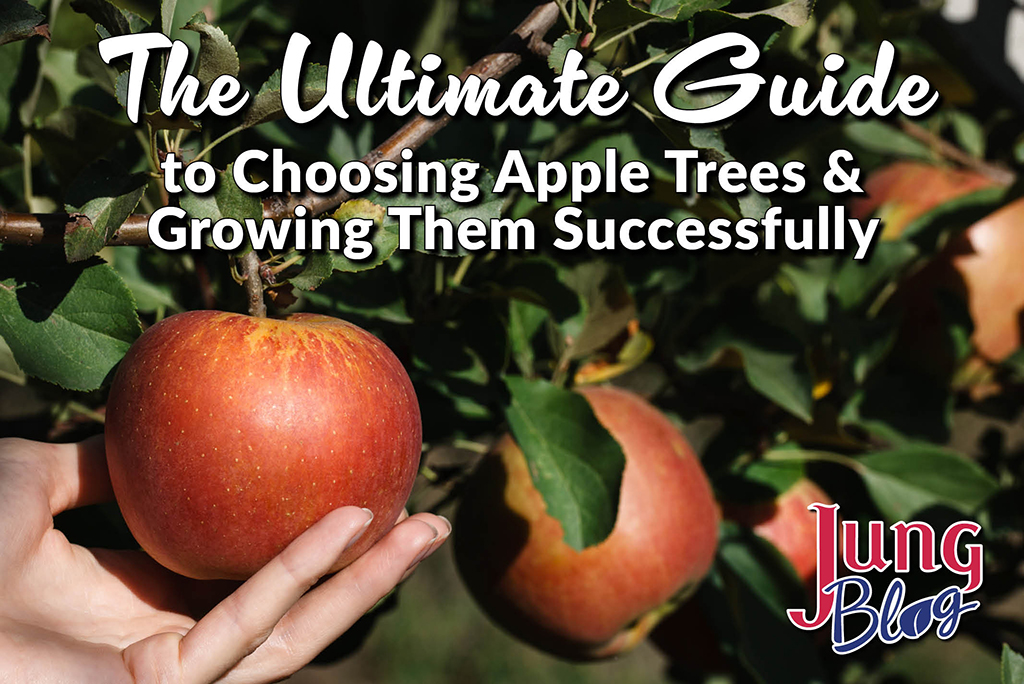
On average, Americans eat 16 pounds of apples each year. Imagine picking those apples off your trees and enjoying them for months. Whether you have lots of space or a small patio, apple trees come in many sizes, allowing you to grow them nearly anywhere.
Understanding the Characteristics of Different Apple Tree Varieties
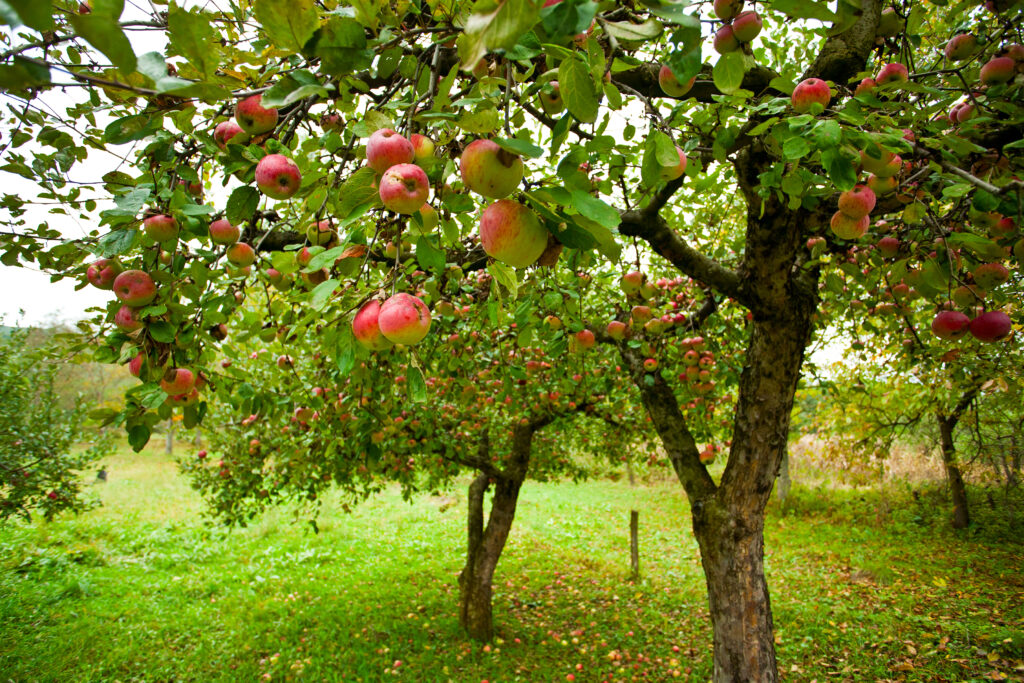
Remember, you’ll need two varieties to have fruit since apples cross-pollinate. Jung offers four basic types of apples, along with dozens of varieties. Here’s an overview of each tree.
- Columnar – No branches, no problem! These trees are nearly branchless, making them great for small spaces and containers since they remain tall and narrow. They yield less fruit than other apples but take up less space, so you can plant more.
- Dwarf is a space-saver that remains 6-10 feet tall and easy to maintain. These trees begin apple production after 2-3 years and will produce 2-6 bushels at maturity (one bushel is about 45 pounds).
- Semi-dwarf -The most popular choice! With its medium height (12-15 feet) and large harvests (8-12 bushels), semi-dwarf has the perfect hardiness, size, and disease resistance blend. They also produce fruit 3-5 years after planting.
- Standard – If you have room, standard apples provide the most significant harvest, usually 10-15 bushels of fruit. They take 5-6 years to bear fruit after planting and will grow 20-25 feet tall and wide.
Overview of Apple Tree Anatomy
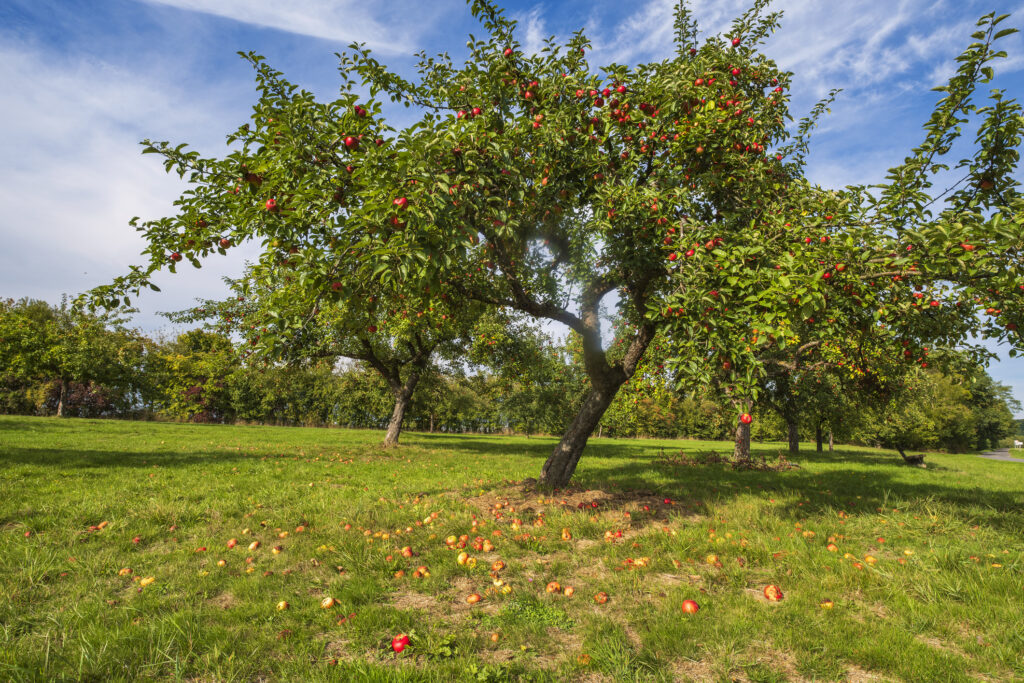
Apple trees have two main parts, called the scion and rootstock. The bottom portion of a tree is the rootstock, while the upper area is the scion.
- Rootstock – This controls the size, vigor, and number of years until the tree bears fruit. Rootstocks also improve the trees’ ability to handle hot summers and cold winters. Jung’s trees use hardy rootstock to help keep them strong and healthy.
- Scion – While the rootstock is focused on creating a solid tree, the scion provides desirable fruit.
- Graft Union – Each of these parts comes together at the graft union on the lower part of the trunk. If you notice suckers growing beneath the graft union, they should be removed. The graft union will have a noticeable lump and scar.
What to Look for When Choosing a Site to Grow Apple Trees
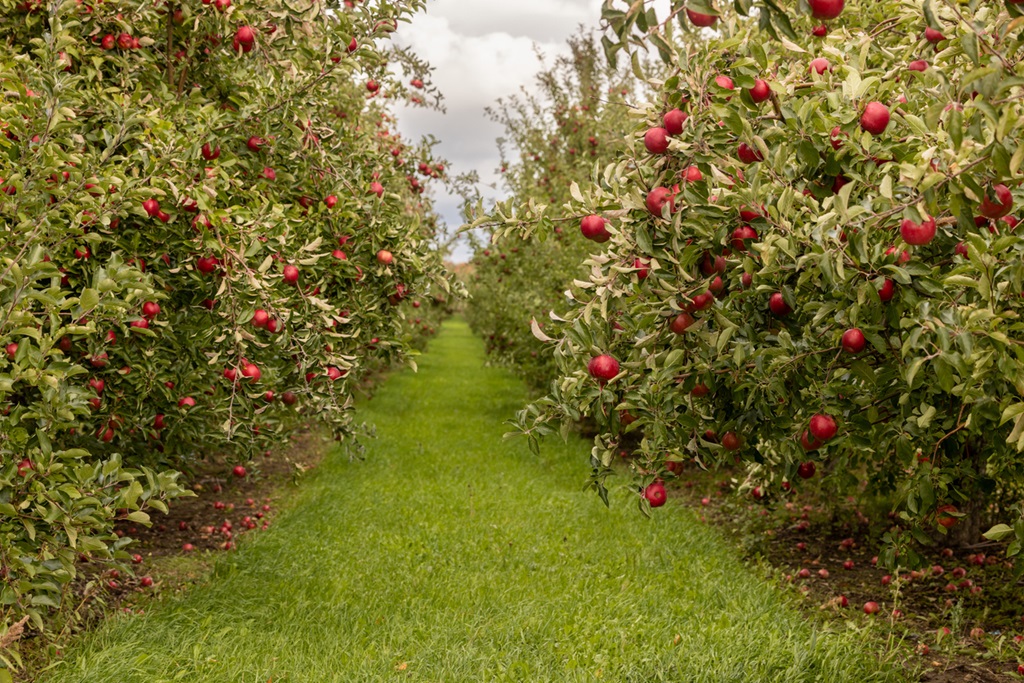
Soil
Once you decide to grow apples, it’s time to evaluate your site. Apple trees range from 6-25 feet tall, so you can find trees that work for you. They grow best in sandy loam soil, which allows good drainage and retains moisture for their shallow roots. A soil test is a great way to learn about your soil and make adjustments if needed.
Wind
If your site is windy, try finding a more sheltered spot for them.
Sunlight
Sunlight is also vital since apples don’t like shade. Apple trees should receive at least 6 hours of direct sunlight.
Frost
Another thing to consider is frost. Cold air settles in low areas at night, which can be a problem in spring. Planting on a gentle slope is ideal to let the cold air move past the trees into other areas.
Hardiness Zone
Before choosing your trees, ensure each variety is hardy for your area. You should also check the ripening time to ensure the fruit can be harvested before a freeze arrives. Exact ripening times will vary based on your location.
Best Practices for Pruning Apple Trees
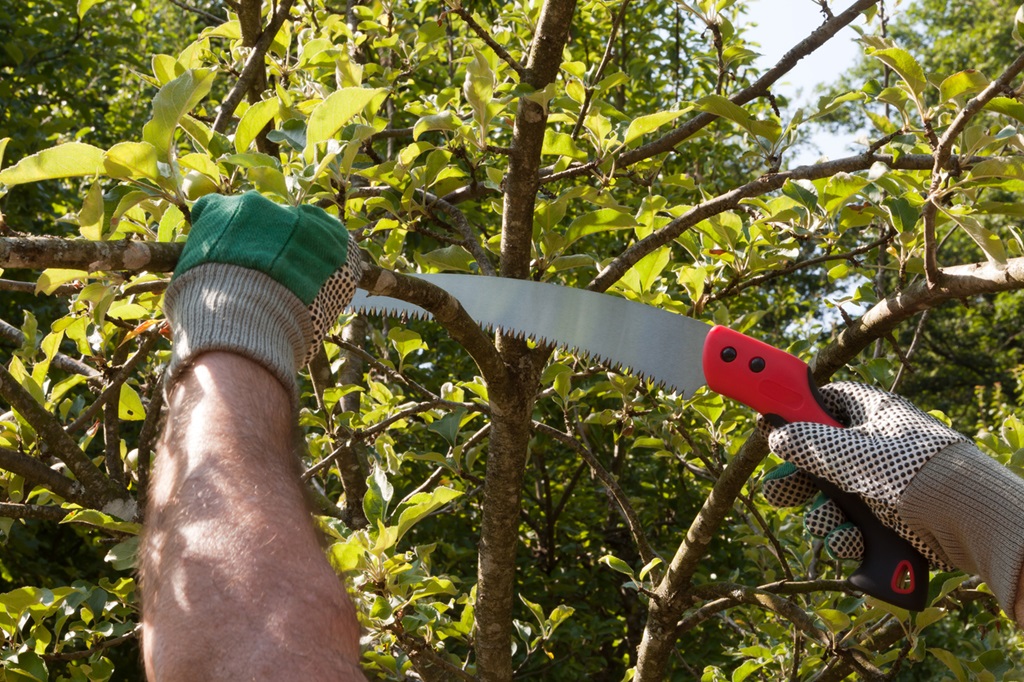
A tree that receives proper pruning will have better fruit production and receive more sunlight and airflow to prevent disease. As your tree develops, the goal is to have a central leader and several layers of permanent branches (Also called scaffold branches). For most of us, trees should be pruned in late winter or early spring before the leaves emerge. Check out the pruning tips below.
First Year Spring
- After planting, select 4-5 branches as your lower scaffold branches.
- Each branch should be at least 24 inches above the ground, making it easier to work around the tree.
- As you select branches, ensure they have ample space between each other. They should also be growing in slightly different directions to prevent competition.
- These steps will prevent the branches from competing and give the tree a strong structure.
Second & Third Year Spring
- Create an upper tier of scaffold branches at least 24 inches above the lower tier. These branches should remain shorter than the lower tier, giving the tree more sunlight.
Yearly Maintenance
- The leader should be the tree’s highest point, so prune back any side branches that compete with the central leader.
- The branches should be grown diagonally for best fruit production and have a wide crotch angle (Where the branch meets the trunk). Some gardeners weigh down the branches to form a wide crotch angle when the trees are young.
- Lastly, remove any broken, crossing, or rubbing branches.
These pruning practices will minimize the amount of pruning needed each year.
Protect Your Apple Trees From Pests & Diseases
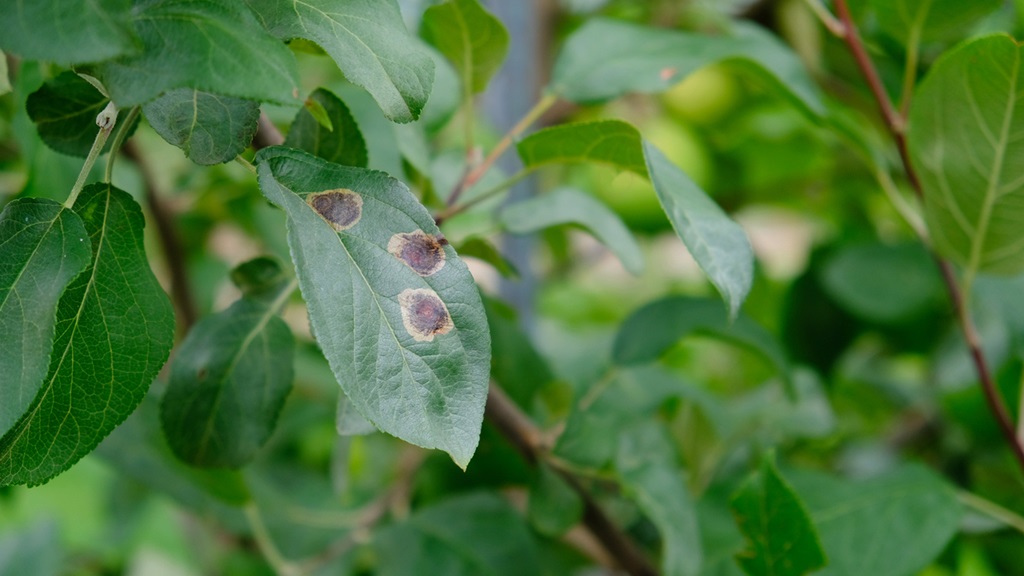
Apples can be prone to various pest and disease problems, so it’s good to be aware of specific issues that impact your area. These issues will vary based on where you live, so contact your local extension office if you have questions about certain pests. One thing to remember is healthy trees are better suited to handling pests than unhealthy trees.
Apple Tree Harvesting
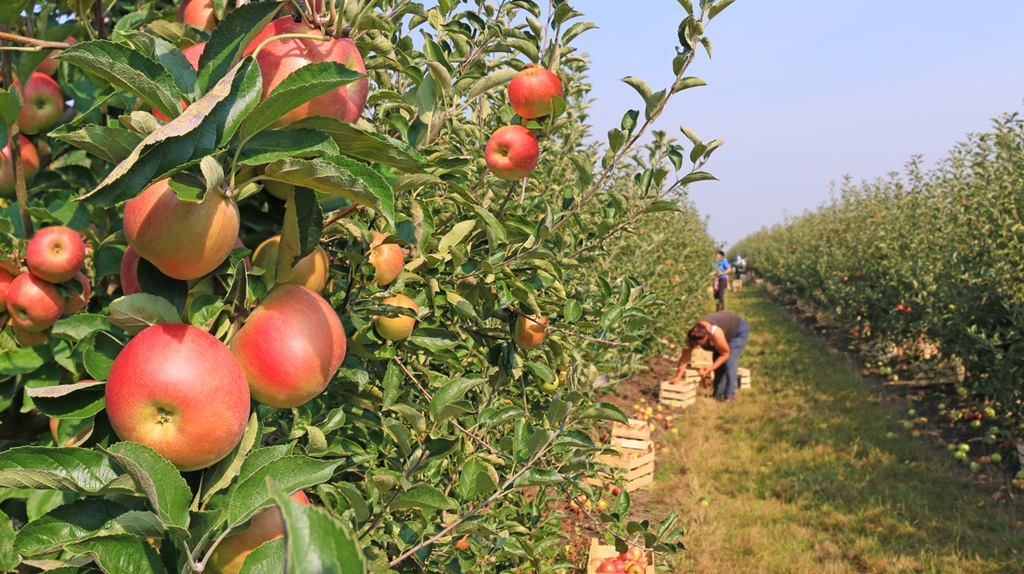
A good rule of thumb is to harvest apples before they ripen but after they mature. Apples quickly change when they ripen, starting with the skin color. Once the skin changes, the starch inside the apple becomes sugar and gives it the classic apple flavor. Knowing if the fruit is ripe can be tricky, but a taste test should help. When you harvest the Apples, pull and slightly twist the fruit.
Apple Storage Tips to Keep Your Fruit Fresh for Months
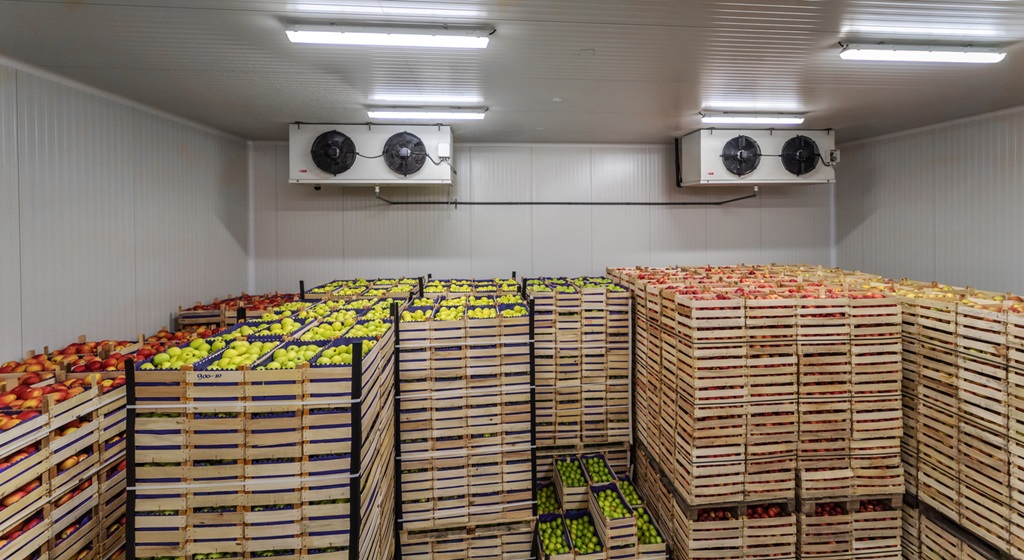
With the right conditions, apples can be stored for months. Generally, apples that ripen early in the season have a shorter lifespan in storage, while later maturing varieties store for long periods. For short-term storage, a cool place under 40°F is ideal, while 32-34° is better for long-term storage. Damaged fruit should be eaten or thrown out, as it can shorten other apples’ lifespan in storage.

Now that we’ve talked about growing apples, take some time to explore the many varieties Jung offers and find the right ones for you!
Other Recommended Reading

- An Easy Guide To Fruit Tree Rootstocks
- Top Tips For Fruit Trees
- A Gardener’s Guide To Plant Nutrition
- 5 Fruit Trees You Can Easily Grow

At Jung Seed Co, we strive to be your go-to guide for all your gardening needs. Our YouTube channel, The Garden Doctor, by Dick Zondag is where he provides gardening tips for all levels of gardeners. When you need reliable gardening advice, turn to the trusted experts at Jung.
View our new catalog online or browse our website for your gardening favorites. Sign up for our weekly email to receive information on new products, exclusive deals, and specials. Join our Facebook page to discuss all things gardening!
About the Author: Matthew Olson is a professional horticulturist and garden writer. He has a bachelor’s degree in horticulture from UW-River Falls and is a certified professional with the Minnesota Nursery and Landscape Association. His enthusiasm for plants and the outdoors brought him to the green industry. He regularly writes articles about gardening for both gardeners and industry professionals. He can be reached at matt@mattolsonhorticulture.com.